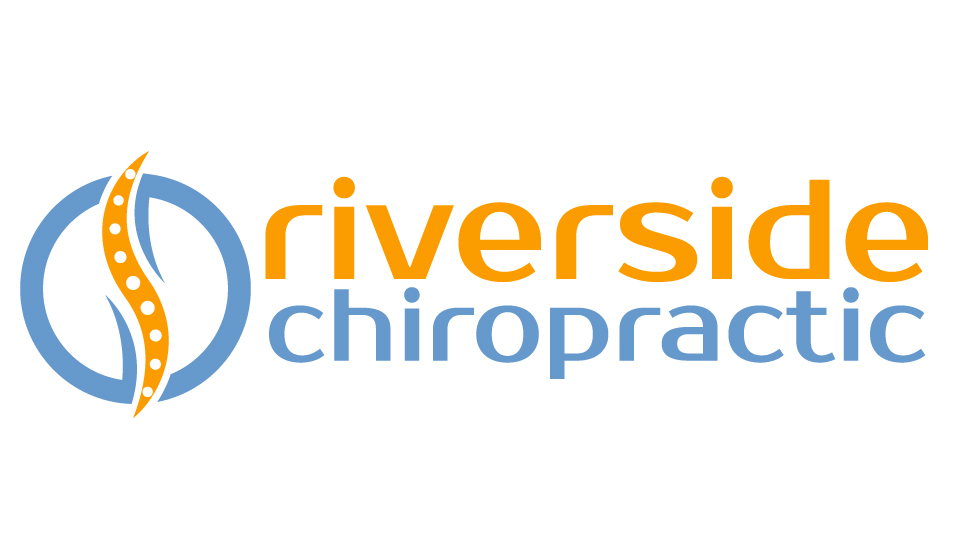In our hustle-driven culture, the word "productivity" has become synonymous with constant motion. We fill our calendars, chase deadlines, and pride ourselves on being perpetually busy. But what if one of the most productive things you could do for your body—especially your spine—is absolutely nothing at all?
The truth is, genuine downtime isn't laziness or wasted time. It's a biological necessity that allows your nervous system to reset and your body to perform its most important maintenance work. When it comes to spinal health, rest isn't just beneficial—it's essential for healing and long-term wellness.
The Hidden Cost of Constant Motion
Our modern lifestyle keeps us in a state of chronic activation. Whether we're hunched over computers, rushing between meetings, or scrolling through phones late into the night, our bodies rarely get the signal that it's safe to truly rest and repair.
This constant "go mode" takes a particular toll on our spines. Every moment of tension, every hour of poor posture, and every stress response creates micro-damage in the muscles, ligaments, and discs that support our backs. Without adequate recovery time, this damage accumulates, leading to chronic pain, stiffness, and dysfunction.
Your nervous system, which controls everything from muscle tension to inflammation responses, becomes overwhelmed when it never gets a break. It's like running your car's engine at redline constantly—eventually, something's going to break down.
Why Your Spine Craves Stillness
Your spine is remarkably resilient, but it has specific requirements for healing. The intervertebral discs that cushion your vertebrae, for instance, don't have their own blood supply. Instead, they rely on a process called "imbibition"—essentially soaking up nutrients like sponges when pressure is relieved.
This process happens most effectively when you're lying down or in positions that decompress the spine. During deep rest, your discs can rehydrate, repair micro-tears, and restore their shock-absorbing properties. Without this crucial downtime, discs gradually degenerate, leading to pain and reduced mobility. Movement also helps to nourish the discs too but, it’s like everything, all in moderation;
The Nervous System Reset
Perhaps most importantly, downtime allows your autonomic nervous system to shift from the sympathetic "fight or flight" state to the parasympathetic "rest and digest" mode. This shift is crucial for healing because it's during parasympathetic dominance that your body:
Reduces inflammatory responses
Increases blood flow to healing tissues
Releases growth hormone for tissue repair
Processes and consolidates the day's physical stresses
When you're constantly busy, your nervous system remains stuck in sympathetic overdrive, maintaining muscle tension and inflammatory responses that contribute to spinal pain. True downtime—not just sitting in front of a screen, but genuine rest—allows this system to reset.
Redefining Productivity
Here's where we need to shift our thinking: allowing your body time to heal isn't unproductive—it's the foundation of all other productivity. A spine that's been allowed to rest and repair can support you through longer days with less pain. A nervous system that regularly downshifts can respond to stress more effectively and maintain better posture under pressure.
Think of rest as an investment rather than a withdrawal from your productivity account. Just as professional athletes schedule recovery days to improve performance, your spine needs scheduled downtime to function optimally.
Practical Ways to Honor Your Spine's Need for Rest
Creating healing downtime doesn't require hours of meditation or expensive spa treatments. Here are some simple ways to give your spine the rest it craves:.
Tech-free zones: Designate periods where you're not looking at screens, checking messages, or mentally "working." This helps your nervous system truly disengage.
Gentle movement: Paradoxically, very gentle movement like walking or stretching can be part of restorative downtime, as it promotes circulation without adding stress.
Sleep sanctuary: Prioritize quality sleep with proper spinal alignment. Your mattress and pillows should support your spine's natural curves without creating pressure points.
Breathing space: Simple deep breathing exercises activate the parasympathetic nervous system and can be done anywhere to create mini-recovery periods throughout your day.
The Long-Term Payoff
When you consistently provide your spine with the downtime it needs, you're not just addressing today's aches and pains—you're investing in your long-term mobility and quality of life. A well-rested spine is more resilient to injury, recovers faster from stress, and maintains better alignment throughout your active hours.
Moreover, as your nervous system learns to regularly downshift into rest mode, you'll likely notice improvements beyond just reduced back pain. Better sleep, improved stress tolerance, and enhanced overall well-being are common side effects of honoring your body's need for genuine rest.
Embracing Rest as Self-Care
In a world that glorifies busyness, choosing rest can feel counterintuitive or even guilt-inducing. But understanding the science behind why your spine needs downtime can help reframe rest as an act of responsibility rather than indulgence.
Your spine carries you through every day of your life. It deserves the same care and attention you'd give to any valuable tool or cherished possession. By building regular downtime into your routine, you're not being lazy—you're being wise.
The next time you feel guilty about taking time to truly rest, remember: you're not doing nothing. You're allowing your body to do what it does best—heal, restore, and prepare for whatever challenges lie ahead. That's not just productive—it's essential.




